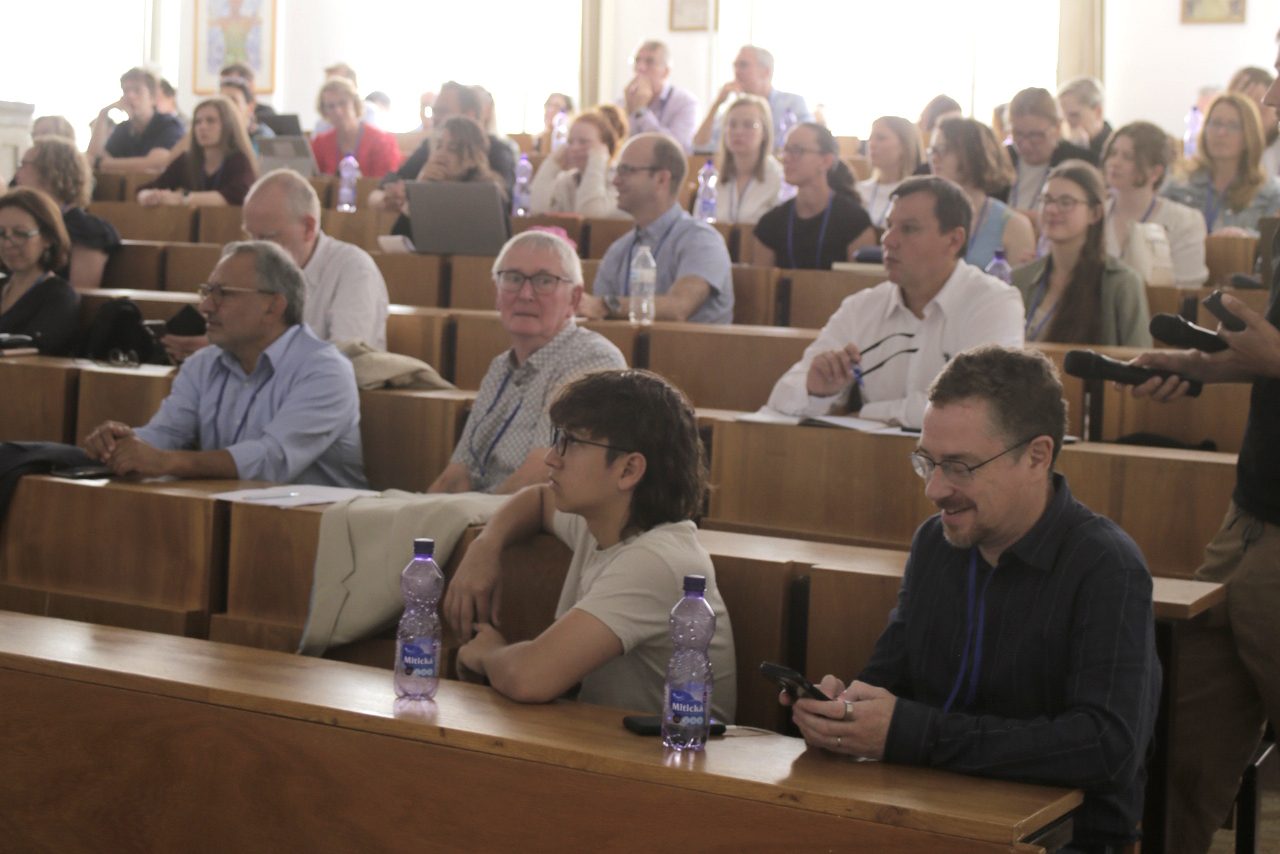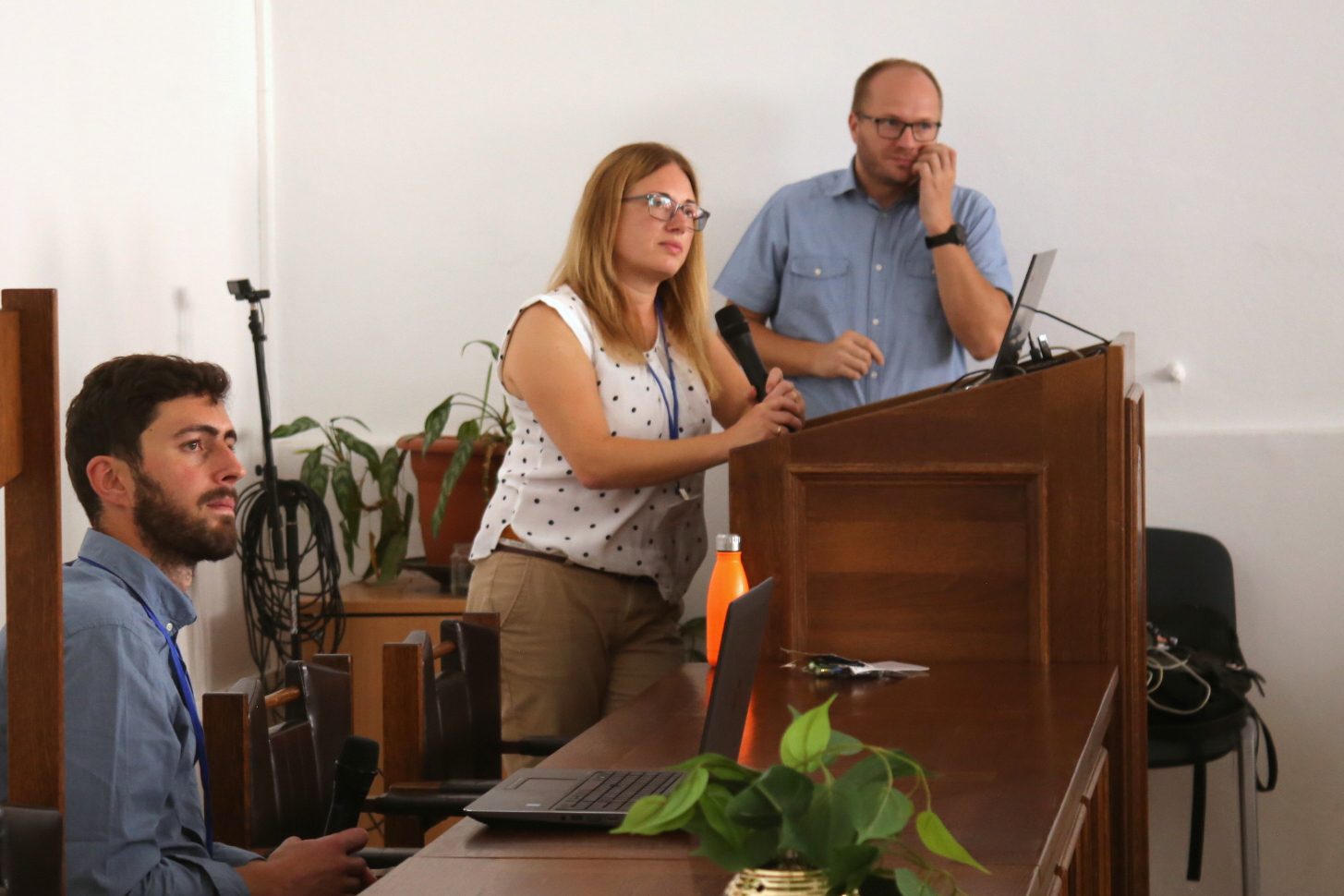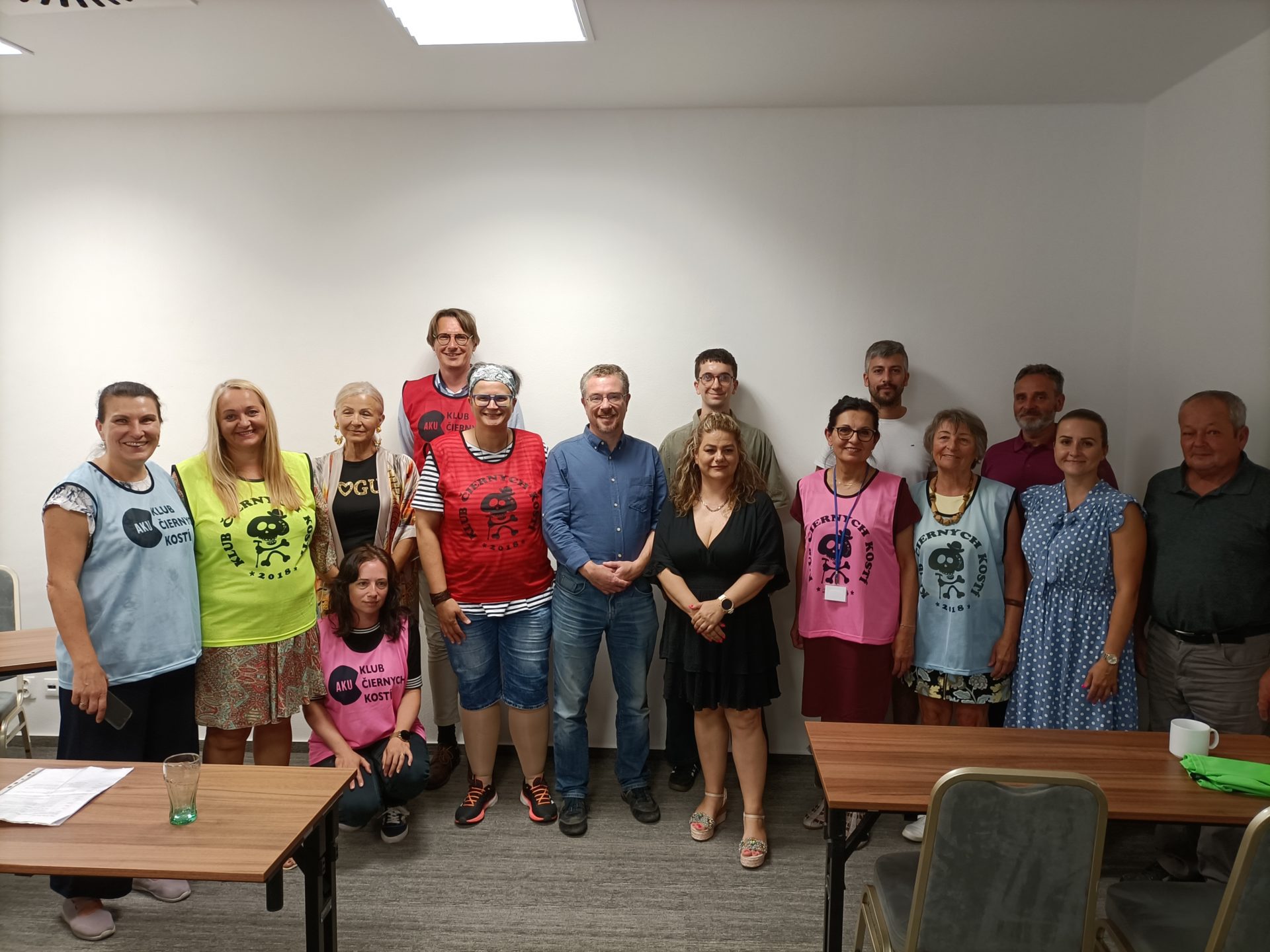On the 27-28th July we hosted our 13th International Scientific Conference on AKU in Bratislava, Slovakia, which had a focus on treating hypertyrosinaemia in AKU and HT-1.
This latest conference was our largest to date, with over 100 attendees from 19 countries joining us in person or virtually across the two days.
Our conference united the international AKU scientific community and represented the opportunity to discuss the current and future research being conducted into the management of AKU and the development of potential treatments and cures.

Session 1: Hypertyrosinaemia in AKU
Our first session discussed the current management of AKU and the issues caused by nitisinone-induced hypertyrosinaemia.
We first heard from Professor Ranganath (University of Liverpool) who shared the current management of AKU and the future challenges arising as a result of nitsinone induced hypertyrosinaemia. The risks associated with hypertyrosinemia were then illustrated by Victoria Kearns (University of Liverpool) who presented her research on cataracts in AKU and Pam Clarke (University of Liverpool) who outlined the process of monitoring cognitive abilities in AKU. We then had two presentations on dietetic approaches to managing hypertyrosinaemia. Clare Soulsby (National AKU Centre) discussed how patients were being supported to manage their diets to allow patients to increase their nitisinone dosage to 10mg while Pelin Teke Kisa (Dokuz Eylül Üniversitesi Hastanesi, Turkey) presented her research on managing tyrosine levels in AKU patients in Turkey.

Session 2: Hypertyrosinaemia in Hereditary Tyrosinaemia type-1 (HT-1)
Session 2 mirrored session 1 and provided an update on the current management of HT-1 and the issue of hypertyrosinaemia in HT-1. We heard from Beth Barnby (Tyrosineamia Society, USA) and Yang Liu (Tyrosinaemia Babies, China) who both gave an insight into the research being conducted into HT-1 as well as an emotional insight into a parents perspective of the condition.
Session 3: Genetic approaches to therapy
Our third session discussed the research being conducted into genetic therapies and cures for AKU. We heard from Sien Lequeue (Vrije Universiteit, Belgium) who presented their data on developing a gene therapy in an AKU mouse model. We also heard from ExploRNA (Poland) about their mRNA therapy and Syvento (Poland) about their LNP technology and the possibility for these platforms to be applied to AKU.
Session 4: Non-genetic approaches to therapy
Session 4 focused on non-genetic approaches to therapy and in particular looked at the amino acid transporter which is responsible for causing nitisinone-induced hypertyrosinaemia. We hope that if we are able to inhibit this transporter, we will be able to stop the build of tyrosine that nitisinone causes.
We heard a number of interesting talks on this topic, including from Stefan Broer (Austrialian National University) and Gulayse Ince Dunn (Sanofi, USA) and are looking forward to collaborating with them moving forward in our research into developing a tyrosine reduction co-therapy.
Session 5: AKU Models and Diagnosis
Our final session focused on how AKU is diagnosed and the use of animal models to track the progression of the disease. We heard a really interesting talk from Peter Fabian (Masaryk University, Czechia) who presented his work using a zebrafish AKU model which allows you to view the ochronitic process in detail due to the see through skin of the zebrafish.

Following the conclusion of the conference, we also held a meeting with the Slovakian Black Bone Club (AKU Society). Here we spoke to Slovakian patients about the current and future research being conducted into AKU, our plans to conduct a pediatric study into the use of nitisinone in AKU children, and answered questions about the management of AKU. Presentations were given by Ted Locke (Liverpool John Moores University) on the invention of nitisinone, Nick Sireau (AKU Society) on his personal AKU story, and Prof Ranganath (University of Liverpool) on the story of AKU, nitisinone, and our future plans.

We would like to thank everyone who presented and attended our 13th international scientific conference on AKU. It was a valuable opportunity to unite the global AKU community, form new collaborations, and discuss our future research into treating and curing the condition.
The conference was only possible thanks to a generous grant from the European Joint Programme on Rare Diseases (EJPRD) Networking Support Scheme and the support of the Biomedical Centre of the Slovak Academy of Sciences, the Faculty of Medicine, Comenius University, and SOBI Slovakia.

